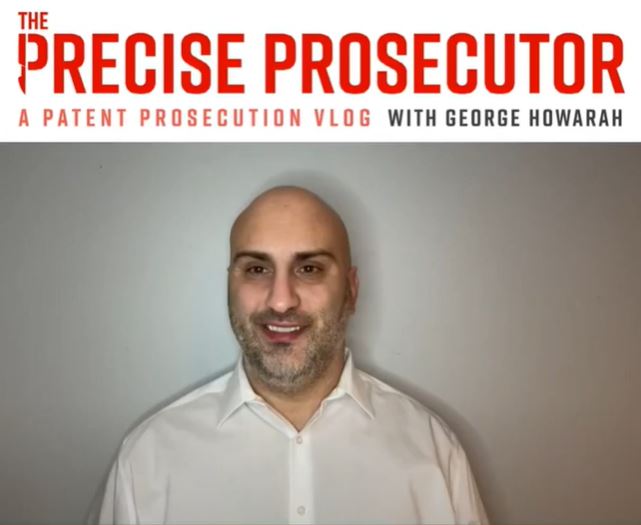Navigating Allowable Subject Matter in Patent Applications: Strategies for Success
Navigating the patent process is a nuanced journey, especially when responding to first office actions that indicate allowable subject matter alongside dependent claims. In this week’s #ThePreciseProsecutor, George Howarah provides a strategic blueprint to approach this scenario, ensuring that patent applicants can make informed decisions that enhance the value of their applications.
The Foundation of Analysis
Upon receiving a first office action that identifies allowable subject matter, it’s critical not to rush into incorporating these suggestions or, conversely, dismissing them out of hand. George advocates for a deliberate approach that scrutinizes the office action with fresh eyes.
1. Unbiased Analysis: The First Step
Begin your evaluation as though the office action did not specify allowable subject matter. This involves a deep dive into the inventive concept of your application and its encapsulation within the claims, ensuring you fully grasp the innovation at hand without any preconceptions.
2. Assessing the Strategic Scope
How does the allowable subject matter’s scope compare to related applications or patents? A close similarity, especially with the independent claims of a parent application, might diminish its strategic value, suggesting that the new allowable matter may not substantially enhance your patent portfolio.
3. Business Value: A Key Consideration
The commercial impact of the allowable subject matter is paramount. If it fails to encompass a critical standard or product feature your business targets, its utility may be limited. This assessment helps prioritize modifications that align with your strategic business objectives.
4. Balancing Scope and Substance
Evaluate whether the allowable subject matter presents a reasonable scope and if it’s merely ancillary to your application’s core invention. Sometimes, what’s allowed is too narrow to warrant incorporation in its initial form. Instead, look for opportunities to negotiate or amend claims for a broader, more impactful scope.
Beyond the Initial Action: A Proactive Stance
Exploring broader subject matter than what is initially indicated as allowable can be a wise strategy. Engaging in a dialogue with the patent office or preparing amendments can often lead to securing more comprehensive protection, potentially at a more opportune time.
Addressing a first office action with a strategic mindset can transform a routine step in the patent process into a pivotal opportunity for enhancing your intellectual property portfolio. By adopting George Hawara’s methodical approach, applicants can not only navigate the complexities of office actions but also position their inventions for maximum impact and protection.
Navigating through the patent application process, particularly in responding to office actions, demands a strategic outlook that evaluates the invention’s core, its market relevance, and the tactical deployment of allowable subject matter. Following George’s strategic framework provides a pathway not just to patentability but to securing valuable, enforceable patent rights.
Want more Precise Prosecutor? Check out other videos with George Howarah here!

